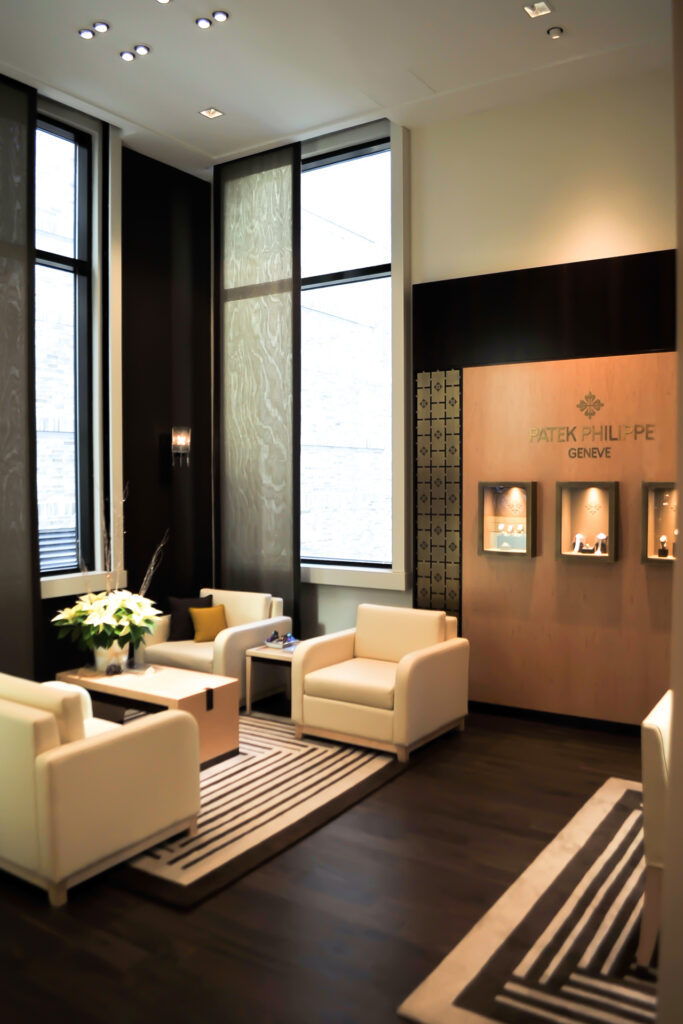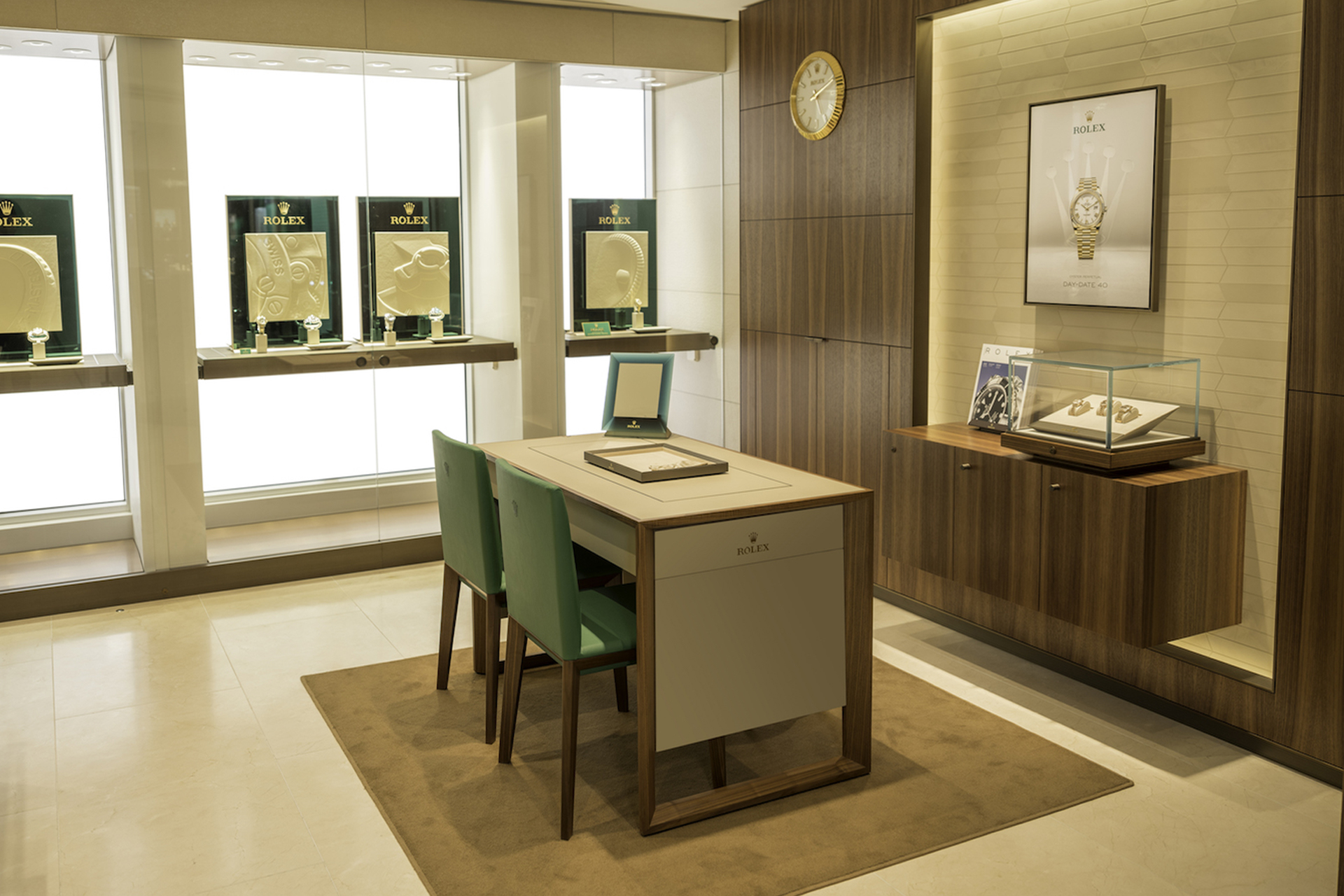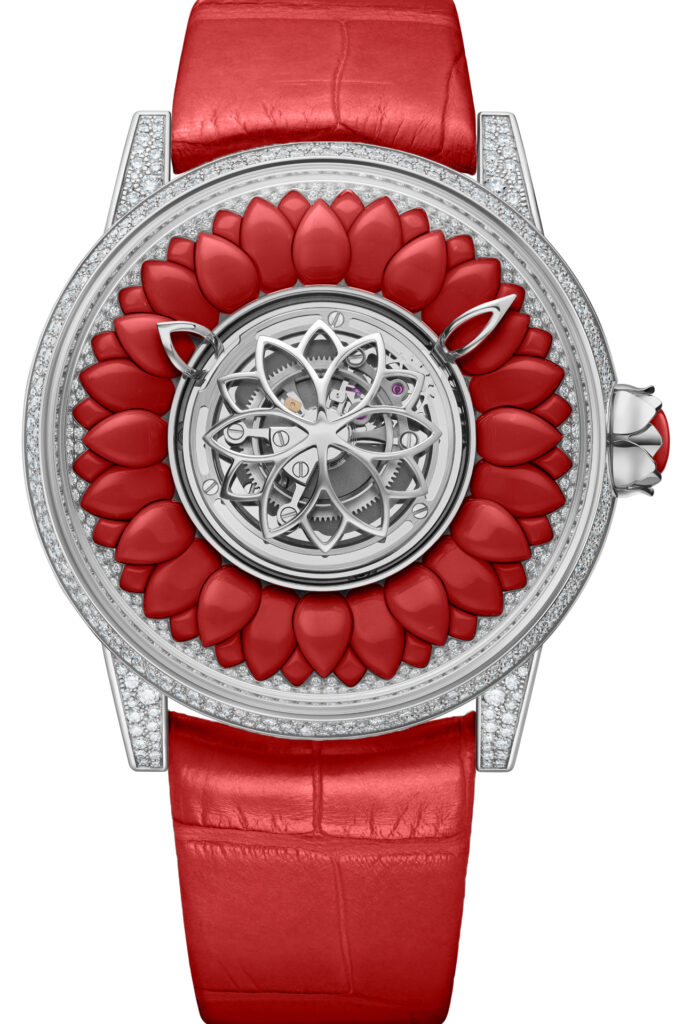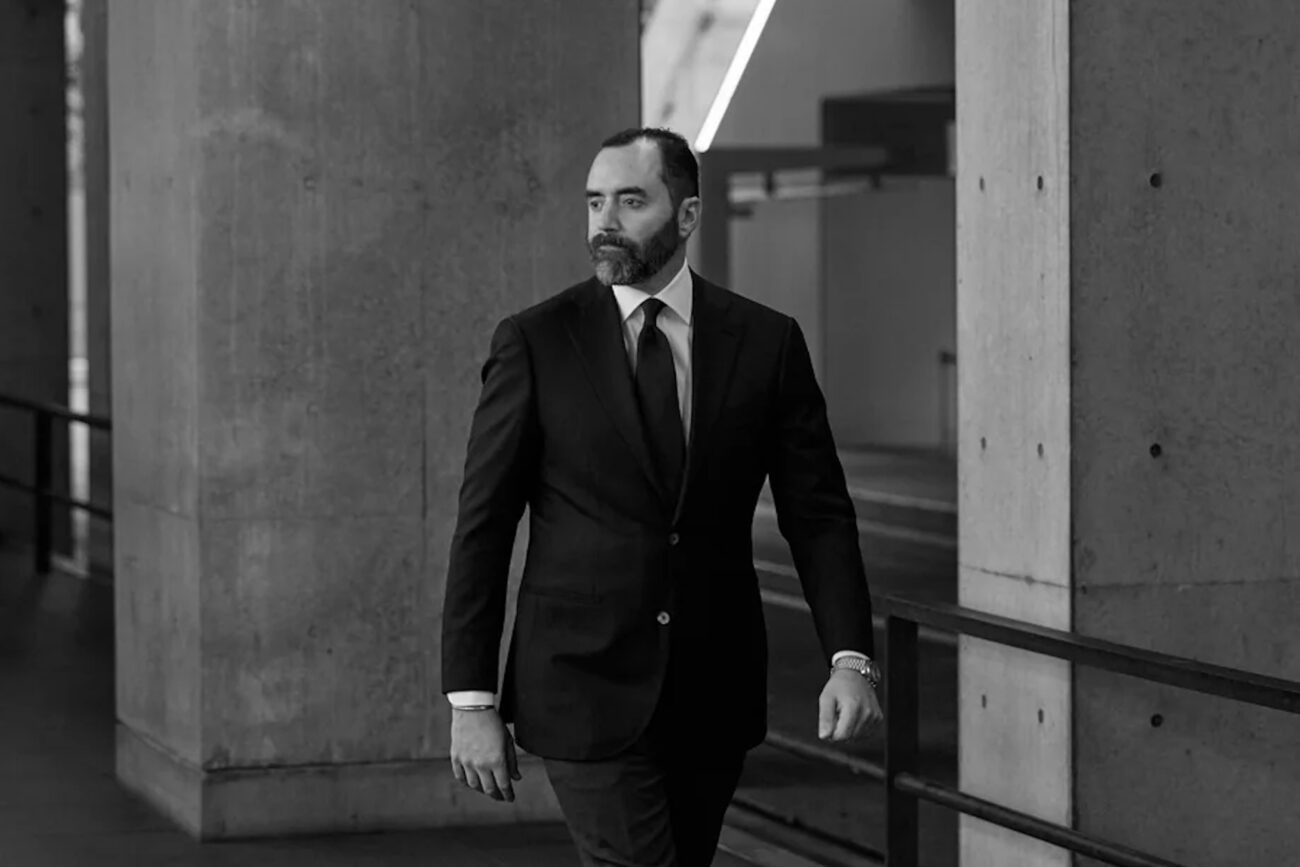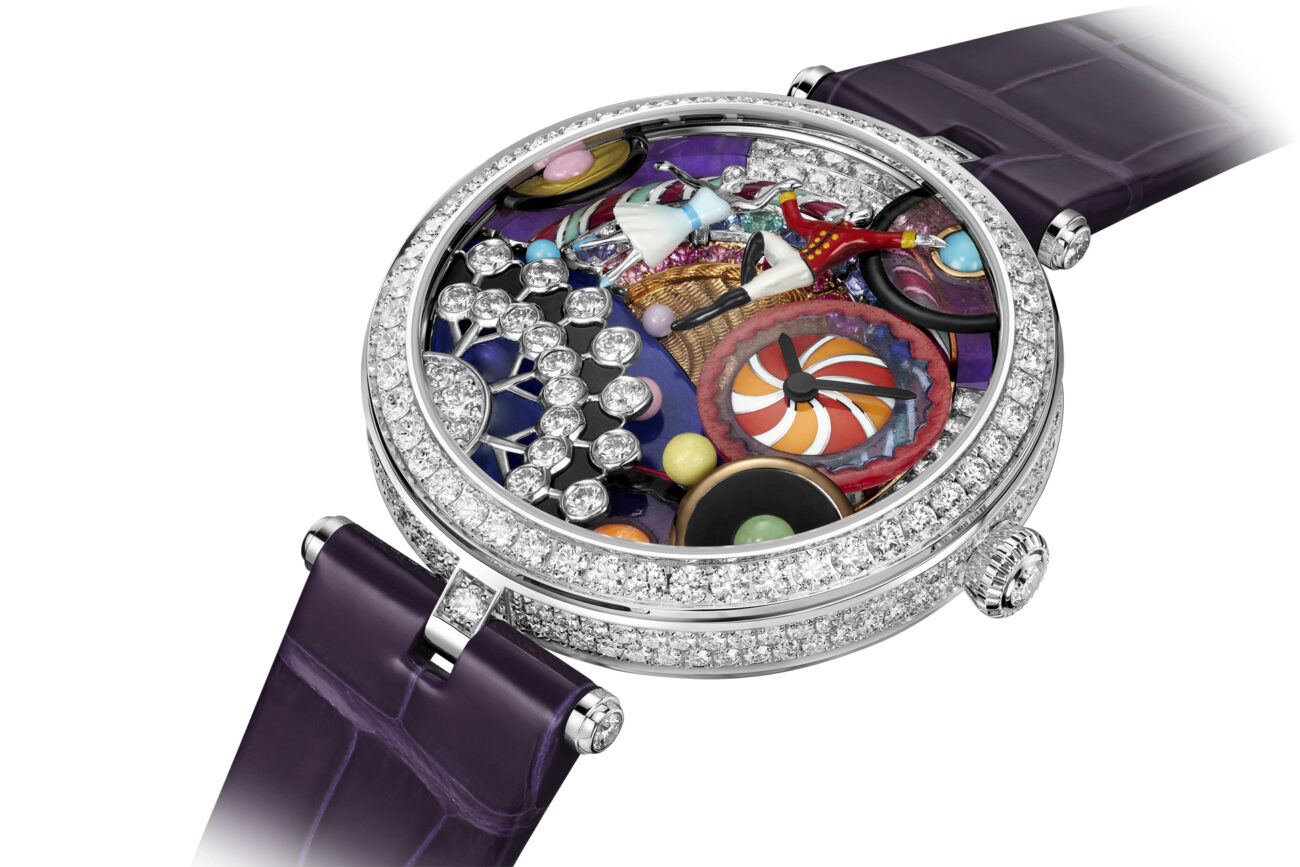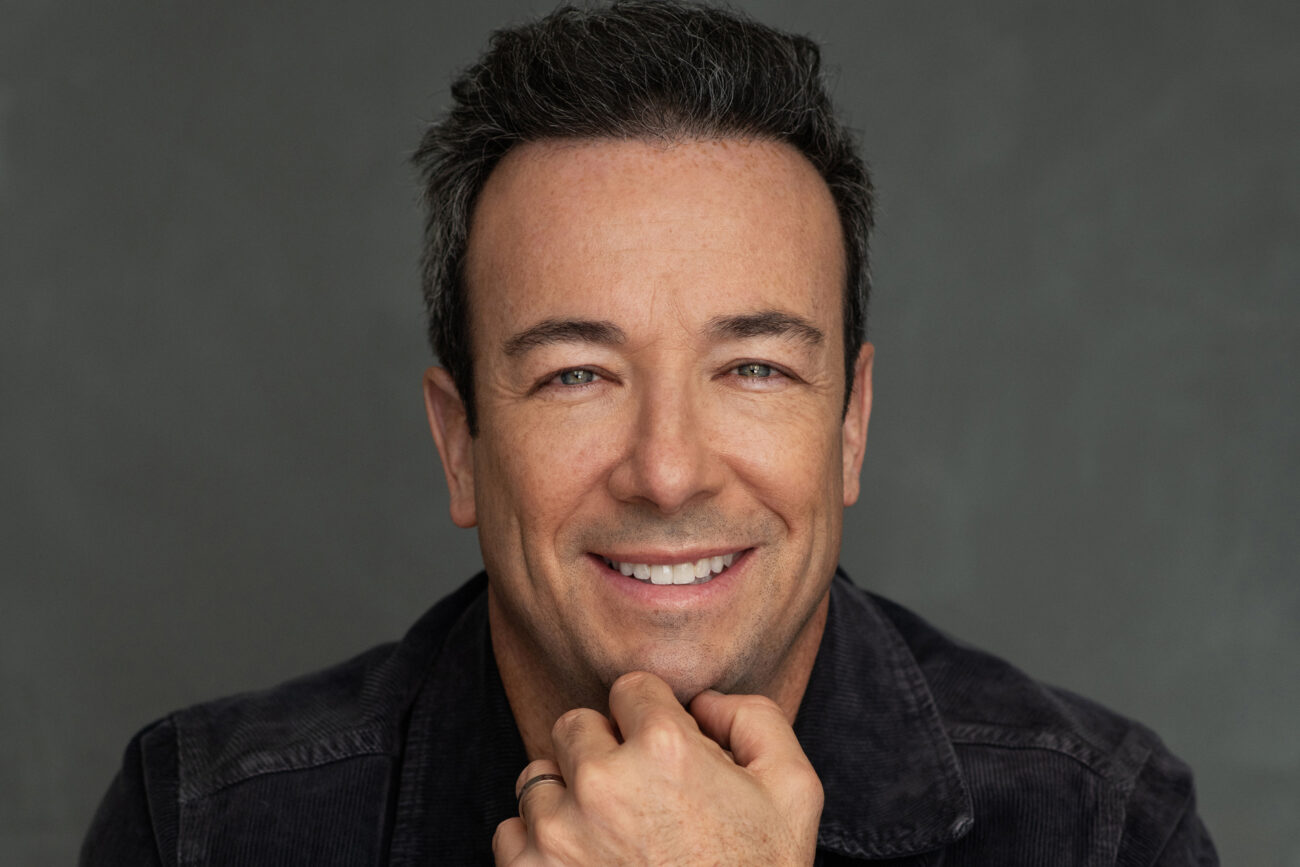The emerging watch market of Canada
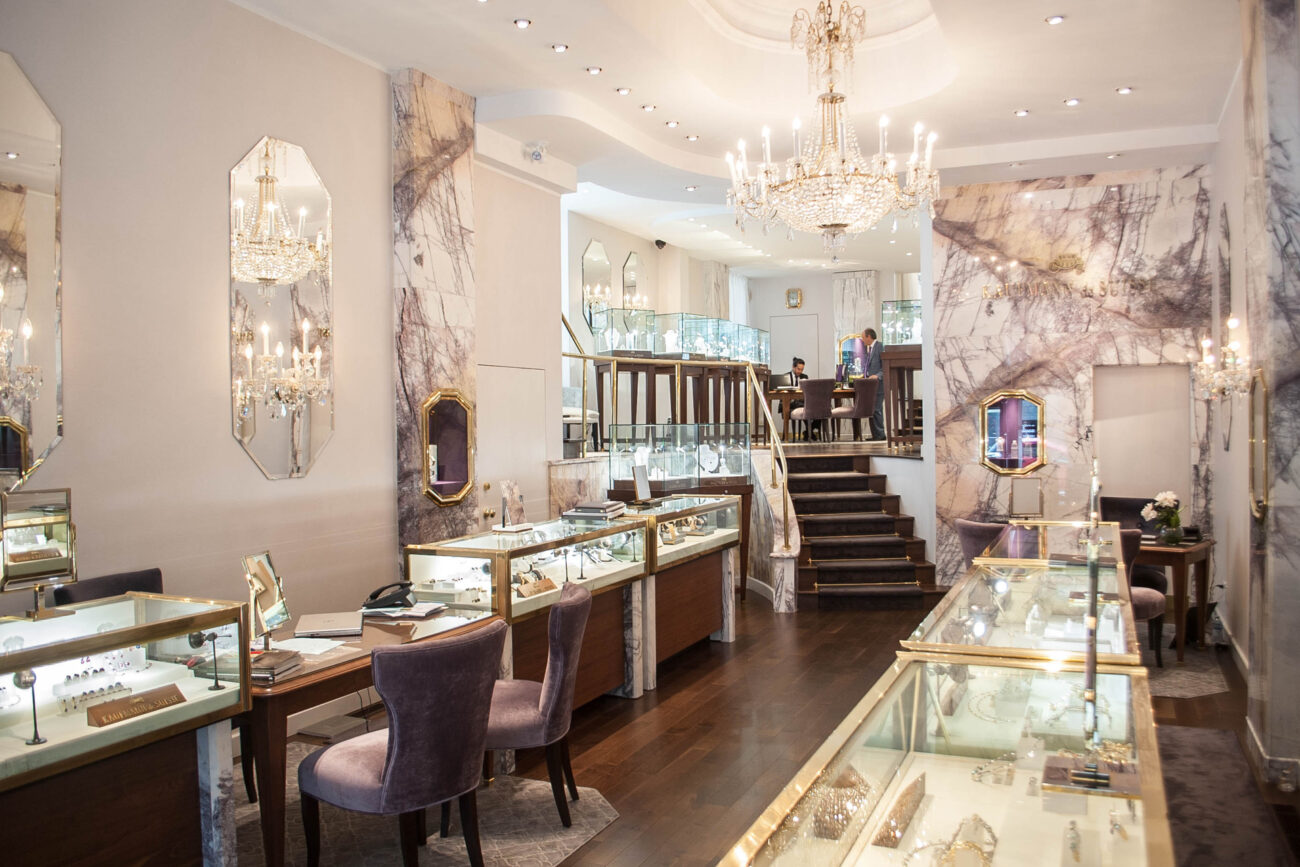
Why is Canada not in the top 20 global markets for Swiss watchmakers, despite its high level of development? The potential of the Canadian watch market, in the shadow of its American neighbor, seems far from being reached, particularly in Montreal, a metropolis in the throes of renewal. Several initiatives are aiming to fix this, including a new watch fair. Visit.
In collaboration with Europa Star
The Kaufmann family is a perfect illustration of the relationship between Switzerland and Canada, in the field of watches and more. Pius Kaufmann, a jeweler from St. Gallen (now 90 years old), moved to Montreal to learn English before opening his own store there. His son Charles grew up in Canada and then returned to his homeland, where he worked at Bucherer… before being called back across the Atlanta by his father across to open a new store.
Today, Charles Kaufmann is the sole authorized retailer for Patek Philippe in the entire province of Quebec. His prestigious boutique, Kaufmann de Suisse in Montreal, also sells Carl F. Bucherer, Parmigiani Fleurier and, as of this year, Nomos. “The purpose of introducing this brand is to attract a new generation of buyers with a more affordable entry-level offering,” says the Canadian-Swiss citizen. The family also owns a boutique in Palm Beach, Florida – illustrative of the deep economic integration between the United States and Canada.
The Patek Philippe corner at Kaufmann de Suisse in Montreal
However, compared to its southern neighbor, the Canadian watch market still looks tiny. Despite 37 million inhabitants and economic success, particularly fueled by gas, oil and the mining sector, Canada ranked only 22nd last year in the global map of Swiss watchmakers, behind… Portugal, with 177 million francs in imports.
We were expecting the country to figure more prominently in watchmaking statistics! Admittedly, demographic giants such as India and Brazil find themselves even further down the Swiss Watch Federation’s annual ranking, but Canada, a proponent of free trade and a well-integrated globalized country, is a long way from the crippling levels of protectionism that prevent watch brands from investing more there.
“A land to conquer”
“The Canadian market as a whole remains a land to conquer for Swiss watchmakers. The population is well off and the economy is doing well,” says Marco Miserendino, co-owner of Bijouterie Italienne in Montreal (a Rolex official retailer), and president of the Canadian Jewelers Association, the country’s leading organization in the sector with more than 1,000 professional members.
But why isn’t Canada already in a stronger position in terms of Swiss watch exports?
Industry representatives cite several reasons, but particularly – given that watchmaking is now more than ever associated with foreign visitors – its short tourist season. Nevertheless, the current exchange rate would appear to favor cross-border purchases by American neighbors…
The Rolex corner at Bijouterie Italienne in Montreal
A more pragmatic reason is offered: “Most OECD countries offer a VAT refund for purchases made by foreign customers. Unfortunately, this is not yet the case in Canada,” explains Grigor Garabedian, head of the Birks Group’s central watchmaking division. This venerable company, founded in 1879, is today the leading watch distributor in the country, with 28 stores located from Halifax to Vancouver. It operates a Patek Philippe store in Vancouver, a Rolex shop-in-shop in Calgary and a Richard Mille shop-in-shop in Vancouver.
Maison Birks, the leading Canadian player in the sale of watches and jewelry
A taste for discretion?
So, if conditions mitigate against watch buying by visitors, why is local consumption not higher? Cultural reasons, related to purchasing habits, are cited. “The wealthiest Canadians I know often don’t wear luxury watches. We prefer to invest in real estate. I believe that a form of modesty and simplicity is expressed in our way of life, compared to the United States or other countries. The luxury sector must deal with this reality,” says Dominic Handal, owner of Pax Jewelers in Montreal.
“I believe that a form of modesty and simplicity is expressed in our way of life, compared to the United States or other countries. The luxury sector must deal with this reality.” – Dominic Handal, owner of Pax Jewelers in Montreal
Marco Miserendino also observes this culture of understatement in the choices of his customers: “For example, we sell more watches in white gold, which has a more discreet charm than yellow gold. Our customers favor moderation and our portfolio remains stable over time: we have few requests for very exclusive timepieces and there is no permanent quest for novelty, as can be seen in other markets.”
Swiss brands, especially the new players of the independent watch stage, still have a lot of work to do in Canada in order to improve their brand awareness.
Montreal wakes up
“However, sales of Swiss watches have grown surprisingly in recent years,” says Grigor Garabedian at Birks Group. Are we seeing a ‘catch-up’ effect, which could see Canada eventually aligning itself with the sales levels of Spain, a country with a comparable population and development but with twice as many imports of Swiss watches?
This seems to be the case in Montreal, Quebec’s biggest city, which, with more than 4 million inhabitants, contains half of the province’s population and wealth. A very important financial and trading centre until the 1960s, the city suffered from the geopolitical upheavals of Quebec, as well as from the shift of Canada’s economic heart ever more westward, towards the English-speaking provinces and the Pacific Ocean.
“In Montreal, infrastructure projects were at a standstill for about 40 years. But there is now a new confidence in the province’s economic climate and the city is benefiting from new investments,” says Marco Miserendino.
First international Watch Fair in Montreal
Several signals seem to point to a new watchmaking dynamic in the city. For example, last June, the auction house Phillips organized a presentation and sale of vintage watches during the Formula 1 Grand Prix Canada, Montreal’s most important international event. Among the timepieces presented at the Ritz-Carlton Hotel were beautiful vintage watches by Rolex, Omega and TAG Heuer, under the common theme of motor racing.
Another sign: a new watch fair—Salon de Montreal—was organized for the first time this September in Montreal by Simion Matei, a Montreal real estate entrepreneur with a passion for watchmaking. It brought together 14 brands, mainly Swiss but also German and even Canadian, with the aim of raising awareness of independent watchmaking in Canada.
Thomas Baillod, whose role it was to promote the festival, shares his vision of the Canadian watch market: “There is still a lot of educational work to do, but the potential is there. The market is now moving because it was neglected for a long time. Canada still lives in the shadow of the United States, which is getting all the attention. In addition, major watch liquidators are based in Canada. It distorts official statistics. The country is worth more than that: we must stop considering it as a second-category market for unsold timepieces.”
“There is still a lot of educational work to do, but the potential is there. The market is now moving because it was neglected for a long time.” – Thomas Baillod
Different in the English-speaking provinces
The show, which was held at the luxurious Saint-James Club in Montreal, brought together mid- and high-end brands seeking recognition in Canada. Companies such as Maurice Lacroix, Dwiss, Bédat & Co, L&JR, Ultramarine and Junghans attended. “The intention is to offer a high-quality but relatively affordable watch offering,” says Thomas Baillod. “We do not want to create an inaccessible salon. With the dramatic changes that are disrupting traditional watch distribution, B2C shows, where direct sales are encouraged, have their place.”
Simion Matei launched the initiative because he wants to enrich the watchmaking environment in his city of Montreal and in the province of Quebec. “The retailers I’ve been able to meet are not yet up to speed on big names in the independent scene like Christophe Claret or Kari Voutilainen,” he says.
“We have chosen to set up a show that favors independent brands. We want to popularize fine independent watchmaking in Canada. Quebec in particular remains a little isolated on the global watch scene, more so than the English-speaking provinces.” Leading contemporary brands such as Richard Mille, Audemars Piguet and Greubel Forsey are present in cities such as Toronto and Vancouver but have no sales outlets in the province of Quebec.
A growing Asian community
Another perspective should be noted regarding Canada: it is a country with considerable immigration from Asia, particularly in British Columbia and on the Pacific Coast.
Knowing their importance in today’s watch sales on a global scale, could growth in Canada come from this community in particular? At Birks House, Grigor Garabedian confirms this trend: “Asian Canadians are the fastest growing community in the country. This clientele is becoming very important to us.”
A clear sign is that the group has recently adopted WeChat (China’s most popular messaging platform) to communicate with its customers. In Canada as elsewhere, a major part of the future of Swiss watchmaking will be written in Chinese!
Canadian watchmakers
The country is not without its home-grown watchmakers! At the last Basel fair we had the pleasant surprise of meeting Alexandre Beauregard. This Montreal native is the founder of the brand of the same name. At the age of 17, he began drawing watch sketches and making prototypes. He finally launched his brand in 2018.
His creative approach consists in “reinterpreting the traditional idea of a jewelry watch, combining watchmaking and jewelry in a new way.” For this adventure, Alexandre Beauregard collaborates with a lapidary artist, Yves Saint-Pierre, as well as a jewelry and 3D drawing expert, François Ruel.
Drawing on their shared passion for gems, the trio gave birth to an initial collection with floral motifs called Dahlia. In terms of technical design, Beauregard called upon the services of Telos in La Chaux-de-Fonds to create the flying tourbillon that occupies the centre of the dial of this collection.
The Dahlia collection by new brand BEAUREGARD founded by a Montrealer
Outside Quebec, we should also mention Canadian brands Birchall & Taylor (Toronto), Wilk Watchworks (Toronto) and Novo Watch (Alberta). Still more are in the process of being launched. A new watchmaking startup, José Cermeño, was actually launched during Montreal’s first Watch Fair.




